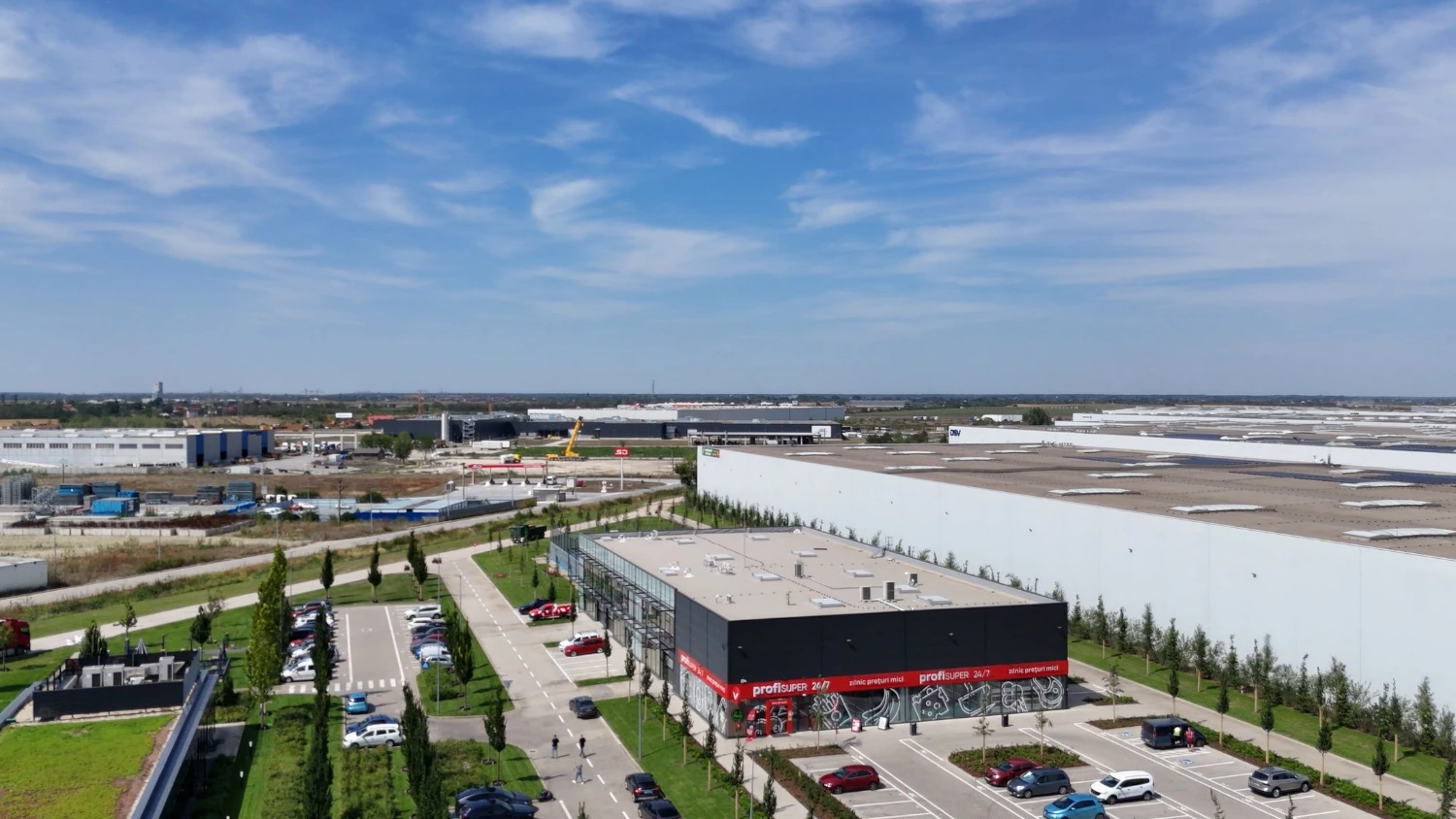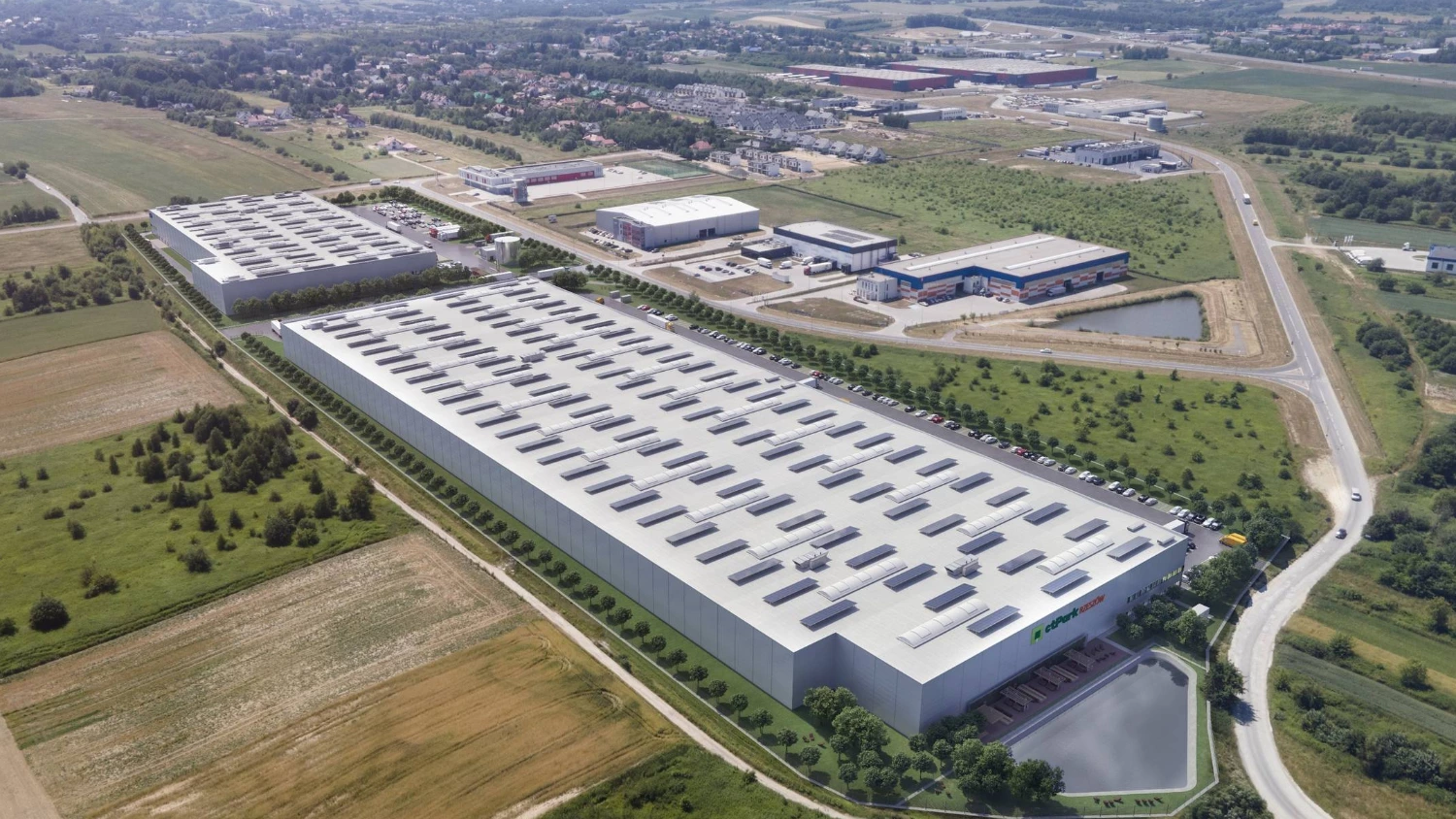Romania's investment market totalled €425 million, representing 6% of CEE-6 transactions, down from over 8% in 2024. The decline was attributed to delayed completion of several large deals, with multiple assets still in various negotiation stages. Poland and Czechia drove regional growth, accounting for nearly three-quarters of total investment volume.
"2025 is shaping up similarly to 2019 - a year that was not particularly strong in terms of volumes, but was followed by two strong years that prepared the ground for the peak of activity seen in 2022," explains Robert Miklo, Partner and Head of Capital Markets at Colliers. "In 2026, there is potential for yield compression, provided the domestic and global macroeconomic environment remain at least neutral."
Romania stands out through its growing exposure to logistics and manufacturing, perceived as a market offering projects with value-add potential and yields above the regional average. Most Romanian transactions occurred in industrial, logistics and manufacturing segments, while Chinese investors returned actively through acquisitions in furniture and materials industries.
The office sector is gaining momentum regionally, with prime projects in central locations experiencing rising rents driven by limited supply and high development costs. "I believe that 2026 has the potential to become the year of the office sector in the investment market," adds Miklo. Prime yields in Romania stand at around 7.5% for office and 7.75% for industrial projects, higher than in Czechia or Poland.










